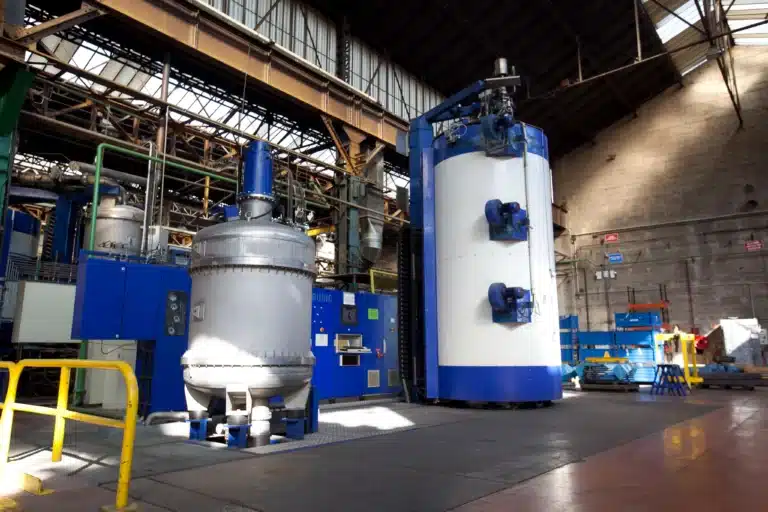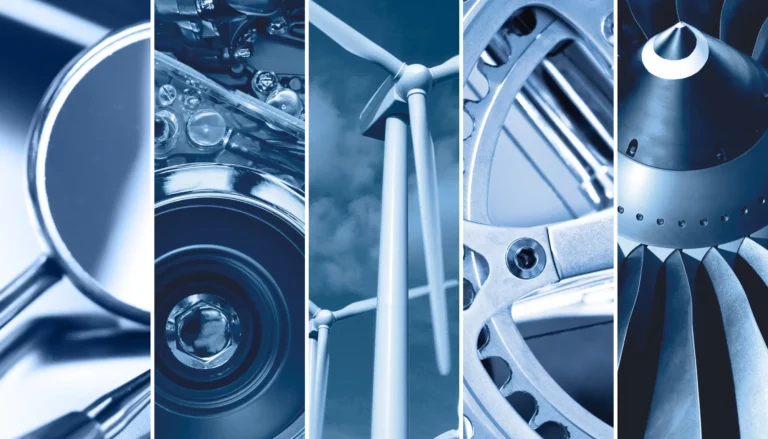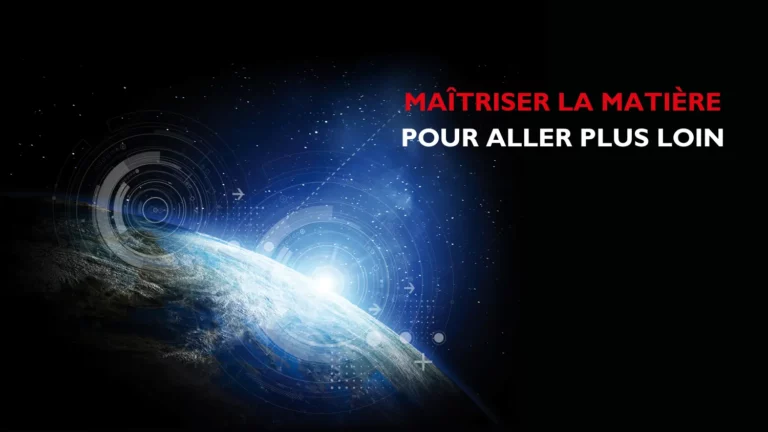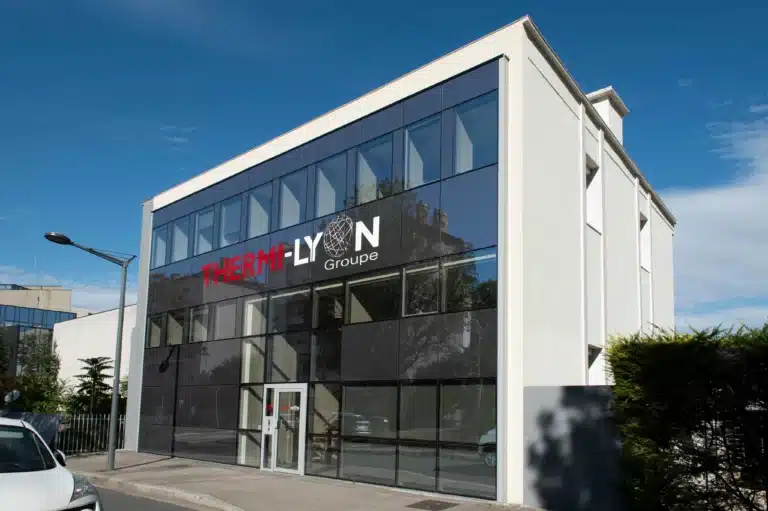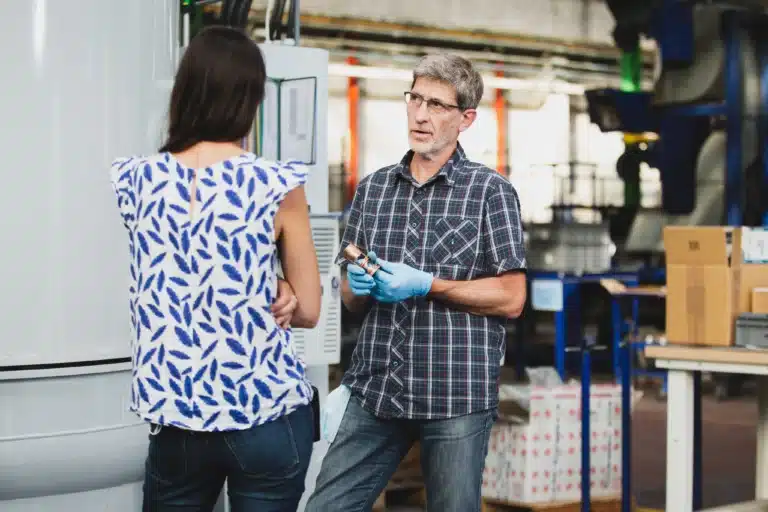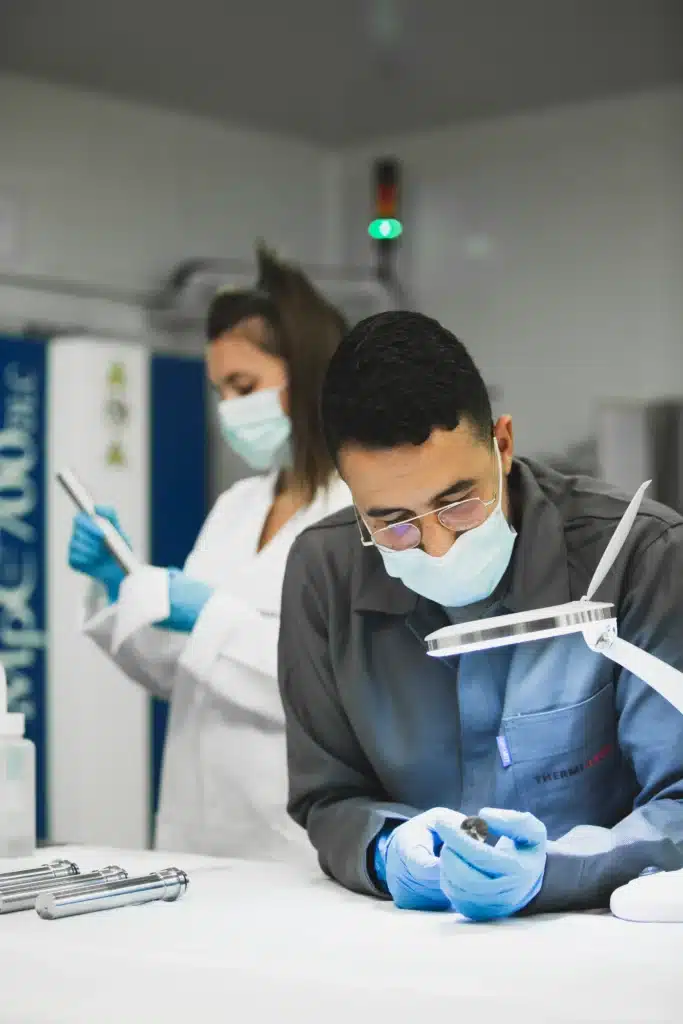Tribology involves analyzing the impact of the movement of metal parts on each other. This study is based on three parameters - wear, friction and lubrication - and is used above all to understand why and how materials wear and break. Analyzing the tribological properties of metals is at the heart of the ThermiLyon group's business. Drawing on its experience, the group has developed several techniques to meet all its customers' needs, from heat and thermochemical treatments to vacuum deposition.
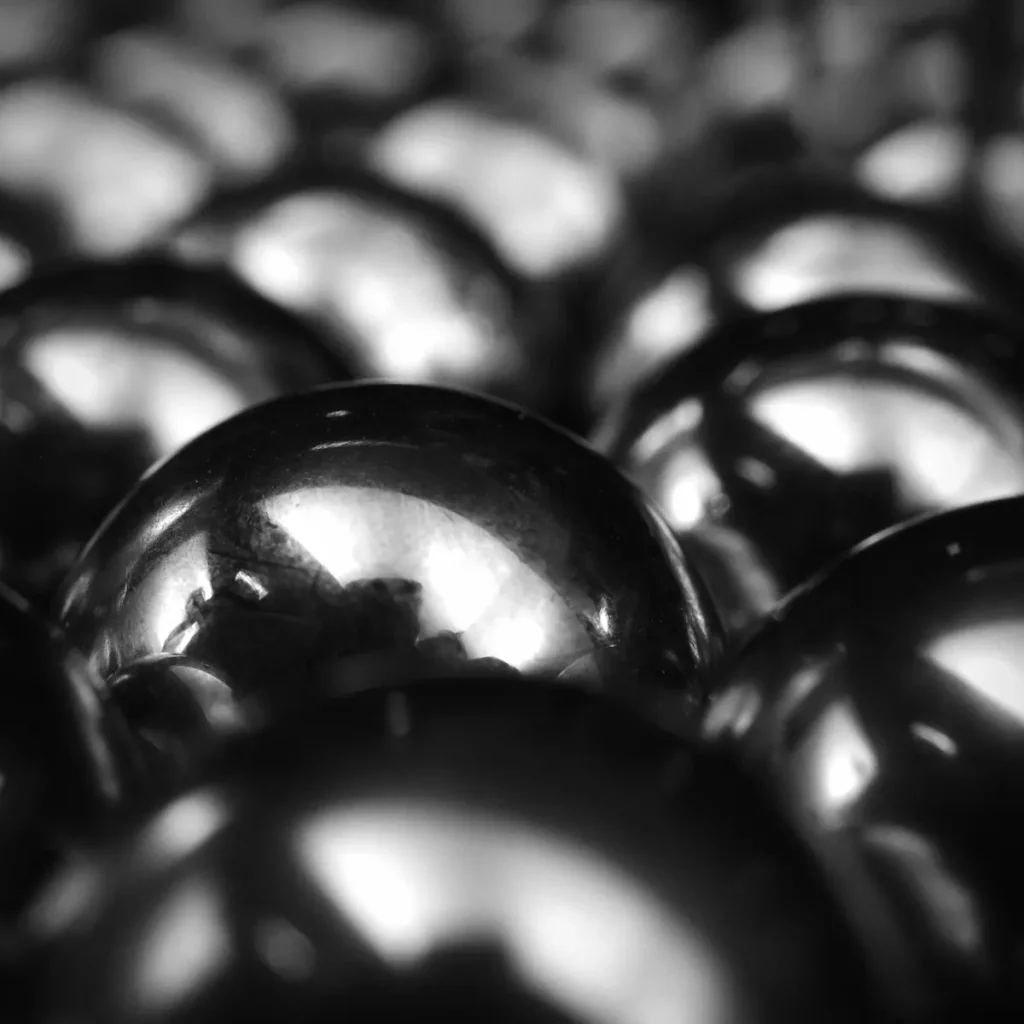
Tribology and tribological properties - what are we talking about?
To fully understand the various ways of improving the tribological properties of metal parts, it seems essential to know exactly what tribology is. Tribology is the science of part surface behavior. In other words, this discipline involves studying the causes and consequences of contact between materials, focusing on three essential parameters: wear, friction and lubrication. As such, tribology involves studying at least two parts in contact with each other and performing relative motion, in order to understand how friction impacts them. Depending on their chemical composition, the result can be very different: for example, two steel parts do not interact in the same way as a steel part with a copper part. The study of tribological properties then enables us to establish friction couples, rather than friction coefficients for the chemical elements themselves, as these values change according to the elements in contact with each other.
The three essential parameters for understanding tribology
Tribology lies at the heart of the ThermiLyon group's activities: 80% of our applications are aimed at improving the tribological properties of materials, by intervening in their mode of wear, friction or lubrication.
Wear and tear
Understanding how parts in contact wear is the first parameter to be analyzed in a tribological study. This can take a number of forms: abrasion, adhesion, forces and stresses exerted on the part, etc. These data ensure that a solution is found that is adapted to the situation.
Friction
The friction exerted on a part and its consequences depend on various parameters, in particular the nature and condition of the surface, but also its roughness. Depending on the situation, the answer may lie in a specific treatment or in the complete replacement of the surface material. Occasionally, it may also be necessary to grind the part. For example, if machining causes the surface to behave like a rasp or saw, the material facing the part may be rapidly damaged. This is particularly true in the case of milling, where the grooves of the milling cutter act like a file during friction. In such cases, it becomes essential to grind the surface to eliminate this effect.
Lubrication
Lubrication facilitates the movement of parts between each other, usually through the insertion of a fluid, enabling them to slide better over each other. This solution is widely used in everyday life, from reducing squeaking doors to repairing gears. For example, oil is added to car engines to prevent gearboxes from seizing. In the world of tools, a screw inserted into a nut also often needs grease to ensure that the entire system functions properly. Lubrication thus modifies the tribology of parts.
Although oils are still the best-known lubricants, these solutions are still polluting, and there are now more environmentally-friendly solid lubricants. Teflon is surely one of the best known, and Thermi Lyon has developed the Thermi DLCfor Diamond Like Carbon.
Improving the tribological properties of metals according to their wear mode
Improving the tribological properties of metals therefore depends not only on these three essential factors, but also on the way in which the parts work. The nature of the material is just as important as the stresses applied to it, and the latter can be decisive in the choice of a suitable solution.
Mechanical stress on the part
Generally speaking, three treatment methods offer the possibility of modifying the tribological properties of metal parts : heat treatment, thermochemical treatment and vacuum deposition. If the stresses exerted on the parts are low enough, vacuum deposition may be sufficient. Where stresses are moderate, thermochemical treatments such as case-hardening or nitriding may be more appropriate. Finally, when a part is subjected to high mechanical stresses, heat treatment such as quenching or tempering is most often used. It is also possible to combine several DUPLEX-type treatments.
The many solutions developed by Thermilyon
ThermiLyon offers a range of solutions to improve the tribological properties of metals, depending on the mechanical demands placed on the parts. Thermal treatments, thermochemical treatments and vacuum deposits: the group has developed a variety of technologies that act on wear, friction and lubrication to meet all its customers' needs. For example, our nitrocarburizing method enables us to work the surface of parts to create dense or porous layers capable of retaining oil.
The DLC developed by Thermi-Lyon also offers the opportunity to replace liquid and greasy lubricants. In fact, it acts as a solid lubricant whose use greatly simplifies the manufacture of products such as the engine components mentioned above, for example.
